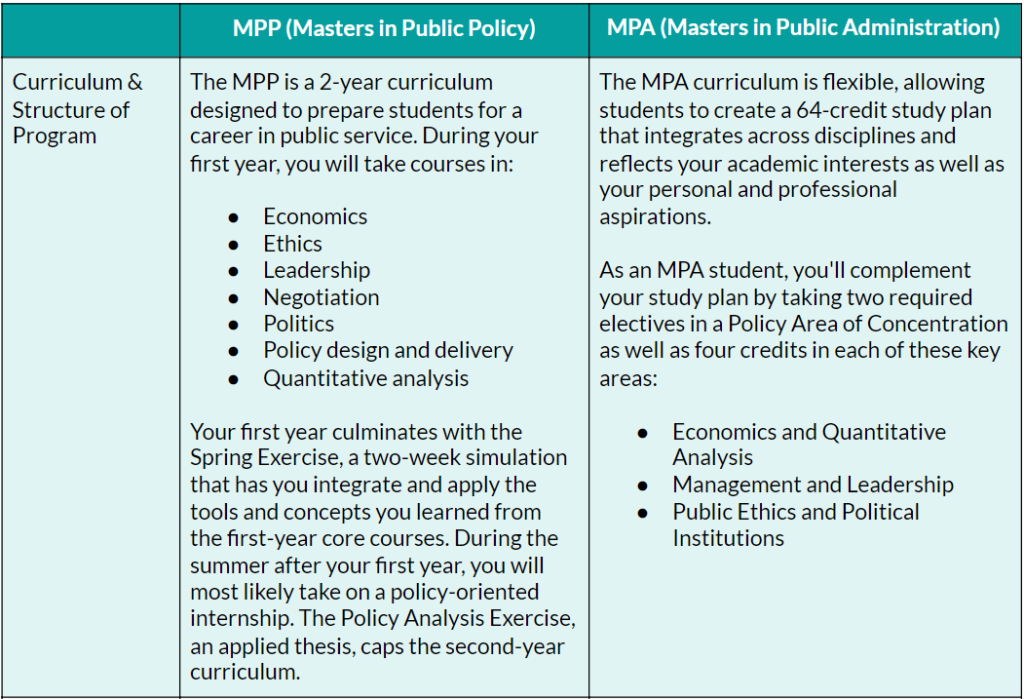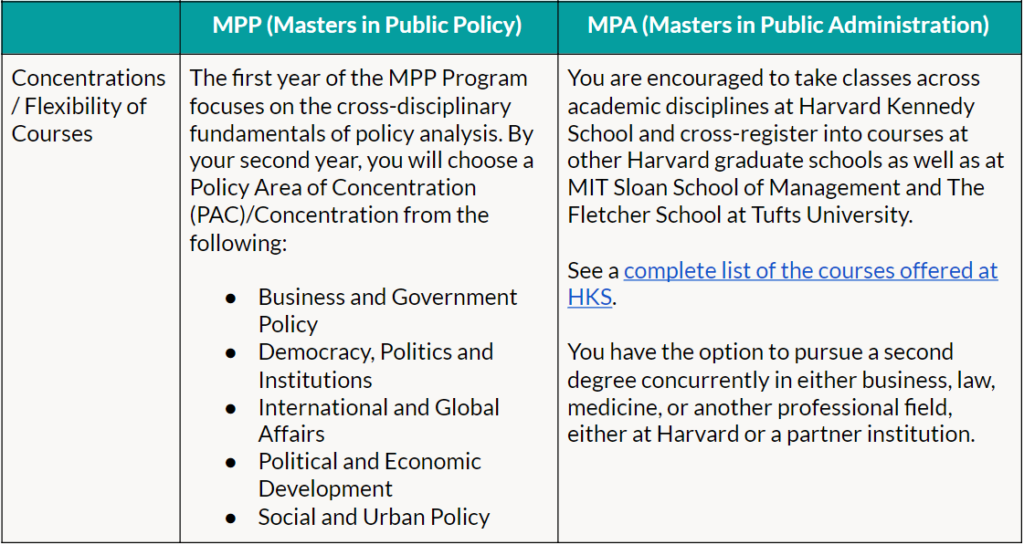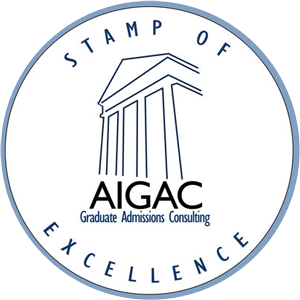Author: Carrie
Have you been wondering what the difference is between Harvard Kennedy School’s Master in Public Policy (MPP) and the Master in Public Administration (MPA)? Both graduate degrees offer students the opportunity to learn from brilliant professors, network with distinguished guest speakers, and build connections with like-minded classmates. In both programs, students learn to manage strategies and policies that impact people and populations. As part of the MPP degree, students focus on one of five Policy Areas of Concentration (PAC): Business and Government Policy, Democracy Policy and Institutions, International and Global Affairs, Political and Economic Development, and Social and Urban Policy. The MPA is an interdisciplinary degree at HKS, offering students more flexibility to build their own curriculum. The MPA requirement includes two required electives in a PAC in addition to four credits in Economics and Quantitative Analysis, Management and Leadership, and Public Ethics and Political Institutions.
Below is a side-by-side comparison of the MPP and MPA programs in two key areas: program structure, and courses.


The most noticeable difference is that the MPA is more flexible and can be more easily customized based on personal and professional interests. The MPP, on the other hand, requires students to choose an area of concentration and is less interdisciplinary. The intent of the MPA is often to provide a macro-level view, whereas the MPP is intended to be more technical.
If you want to talk through the pros and cons of either program for you, or get any of your application questions answered, book a Quick Call with our team. We can help!




Leave a Reply